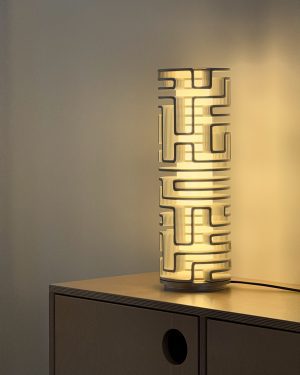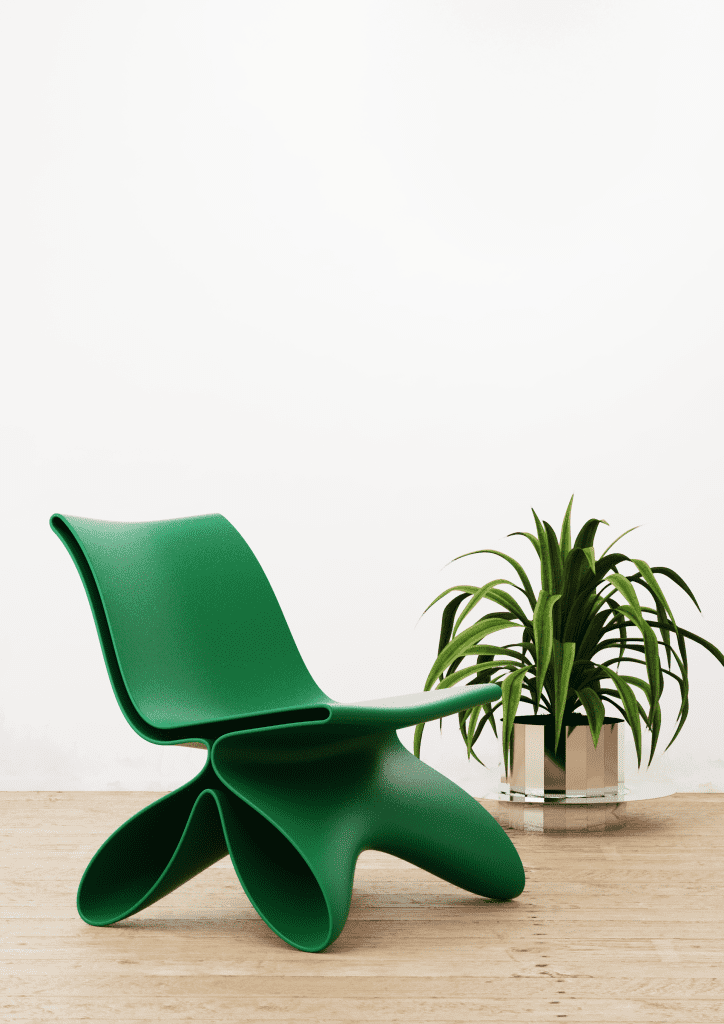

Art Deco: the Glitz and Glamour
Art Deco Design is an iconic and glamorous style that originated in the 1920s and 1930s, characterized by its bold geometric shapes, luxurious materials, and symmetrical patterns. With its roots in the Roaring Twenties, this design style continues to captivate with its timeless elegance and opulence.
What is Art Deco Design?
Art Deco design, a prominent aesthetic movement of the early 20th century, is characterized by its bold geometric shapes, sleek lines, and opulent materials. This style marries elements of luxury and modernity, utilizing vibrant colors and intricate ornamentation to create a visually striking and symmetrical composition.
With influences ranging from technological advancements to global cultures, Art Deco’s legacy is evident in its impact on architecture, fashion, and various forms of visual and decorative arts, encapsulating an era defined by both glamour and innovation.


The Origins of Art Deco Design
Art Deco Design, originating in 1920s Paris and flourishing throughout the interwar period between World War I and World War II, synthesized diverse artistic influences such as Cubism, Futurism, and Bauhaus. It responded to the lavishness of Art Nouveau by embracing streamlined geometric shapes and a modern aesthetic, often drawing inspiration from ancient Egyptian and African motifs.
This movement celebrated the machine age, evident in its sleek lines and symmetrical designs that mirrored the era’s technological progress. As an embodiment of both elegance and innovation, Art Deco Design marked a pivotal shift in artistic expression and continues to captivate with its timeless allure.




See More Like This: Visit Our Online Gallery of Art Deco Designs
What are the Key Characteristics of Art Deco Design?
Art Deco design is characterized by a distinct set of key characteristics that define its visual style and aesthetic. These characteristics encompass various elements of design, from architecture to fashion and decorative arts:
- Geometric Shapes: Art Deco prominently features geometric shapes such as triangles, rectangles, circles, and zigzags. These shapes are often arranged in symmetrical and repetitive patterns, creating a sense of order and balance.
- Sleek Lines: Clean, precise lines are a hallmark of Art Deco design. Straight lines, curves, and sharp angles are used to create a streamlined and modern appearance.
- Symmetry: Art Deco often emphasizes symmetrical designs, reflecting a sense of harmony and equilibrium. This symmetry can be seen in building facades, furniture, and decorative objects.
- Luxurious Materials: The use of luxurious and opulent materials is a defining feature of Art Deco. These materials include marble, ivory, chrome, glass, gold, silver, and exotic woods.


Current Views in Contemporary Art and Design
This iconic style remains a symbol of glamour, evoking a sense of nostalgia while inspiring contemporary interpretations that celebrate the past while reflecting the present.
Art Deco‘s influence extends beyond the realms of architecture and interior design to inspire a range of creative disciplines, including fashion, jewelry, and visual art. The style’s bold geometric shapes, streamlined forms, and luxurious materials continue to inspire new generations of artists and designers. This design perspective resonates with individuals seeking a touch of elegance and glamour in their living spaces and surroundings, highlighting the enduring impact of Art Deco’s iconic motifs and design elements.
The prevailing viewpoint on Art Deco design celebrates its contribution to the broader cultural landscape, bridging the gap between historical elegance and modern innovation. As contemporary designers draw inspiration from the past, Art Deco’s geometric patterns, metallic accents, and lavish textures continue to infuse interiors, objects, and visual expressions with a sense of timelessness and sophistication. The enduring appeal of Art Deco design lies in its ability to transport individuals to an era of grandeur while remaining relevant in today’s ever-evolving artistic and design discourse.
Read Now: 15 Effortlessly Chic Art Deco Tables for 2023
The Impact of Art Deco Design on the Art World
The emergence of Art Deco design has had a significant impact on various other design areas, influencing aesthetics, materials, and creative approaches across different disciplines.
- Fashion and Jewelry: Art Deco’s influence on fashion and jewelry is seen in its geometric shapes and luxurious materials, inspiring elegant clothing and statement accessories that exude glamour.
- Interior Design: Art Deco’s impact on interiors is marked by opulent materials and geometric patterns in furniture, lighting, and decor. It offers sophistication and vintage charm to both traditional and modern spaces.
- Visual Arts: Art Deco’s influence on visual arts is reflected in paintings, posters, and graphic design that embrace bold colors, streamlined shapes, and intricate detailing. It explores the interplay between modernism and ornamentation.
- Architecture: Art Deco’s impact on architecture is evident in buildings with bold facades, iconic motifs, and symmetrical designs. It reflects an era of elegance and industrial progress.
- Graphic Design: Art Deco’s bold visual language and ornamental details have left their mark on graphic design, inspiring layouts, typography, and compositions. It evokes the era’s glamour and continue to influence contemporary design.


Read Now: 10 Luxurious Art Deco Lights to Elevate Your Home
Conclusion
Art Deco design stands as a captivating testament to the convergence of art, culture, and progress during the early 20th century. With its bold geometric forms, luxurious materials, and embrace of modernity, Art Deco redefined aesthetic norms and left an indelible mark on art, design, and architecture. As a reaction to the exuberance of Art Nouveau, it introduced a streamlined elegance that celebrated the machine age while drawing inspiration from global cultures.
Its impact resonated across disciplines, from towering skyscrapers to intricate jewelry, from glamorous fashion to opulent interiors. Art Deco’s legacy endures in contemporary interpretations that blend nostalgia with innovation. It reminds us of an era marked by both the vivacity of the Jazz Age and the promise of technological advancement. Its enduring allure continues to captivate and inspire, serving as a bridge between the past and the ever-evolving landscapes of art and design.


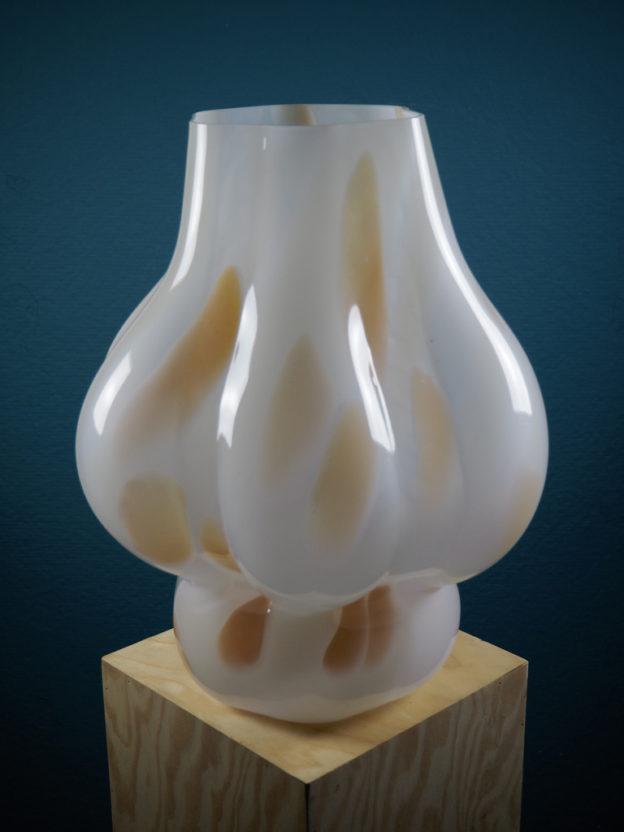

Read Now: 12 Art Deco Decor That Make a Statement
Discover Art Deco Design on Adorno
-

 Glitch Chair Phone Holder€220 incl. tax
Glitch Chair Phone Holder€220 incl. tax -

 Lxv – Console In Bleached Cherry€7.450
Lxv – Console In Bleached Cherry€7.450 -

 Petalo Dining Chair€1.875 incl. tax
Petalo Dining Chair€1.875 incl. tax -

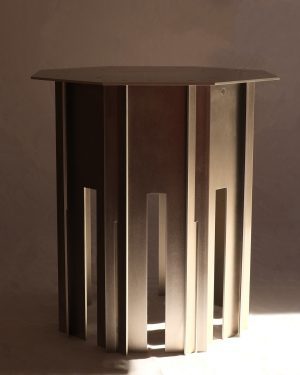 Siniya Of Merzouga – Aluminium Side Table€3.361 incl. tax
Siniya Of Merzouga – Aluminium Side Table€3.361 incl. tax -

 Caduceus Chalice Vessel€350 incl. tax
Caduceus Chalice Vessel€350 incl. tax -

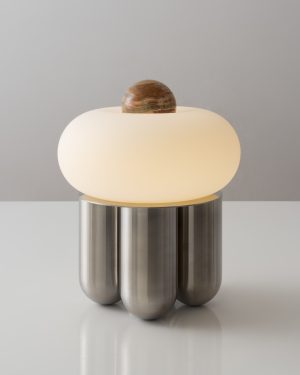 Capsula 02 – Stainless Steel & Onyx Lamp€1.650 incl. tax
Capsula 02 – Stainless Steel & Onyx Lamp€1.650 incl. tax -

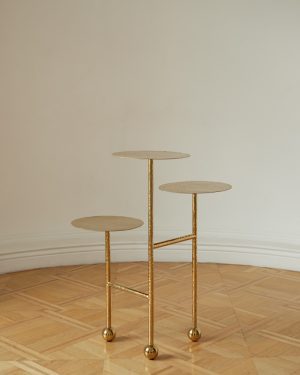 Liquid Table Gold€2.431 incl. tax
Liquid Table Gold€2.431 incl. tax -

 “Trophy” Stool€4.750 incl. tax
“Trophy” Stool€4.750 incl. tax -

 Decorative Box 02€875
Decorative Box 02€875 -

 Romance and Gravity Cabinet€6.500 incl. tax
Romance and Gravity Cabinet€6.500 incl. tax -

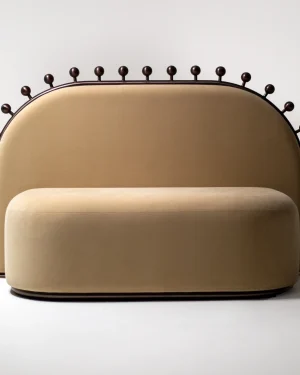 Medaillon Sofa€8.200 incl. tax
Medaillon Sofa€8.200 incl. tax -

 “Juno” Rug€9.050 incl. tax
“Juno” Rug€9.050 incl. tax -

 Rion Loveseat€16.250 incl. tax
Rion Loveseat€16.250 incl. tax -

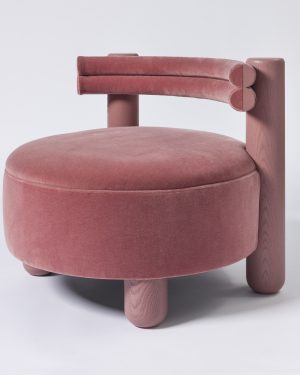 Mt Curve Big Chair In Ash Hardwood And Mohair Velvet€9.375 incl. tax
Mt Curve Big Chair In Ash Hardwood And Mohair Velvet€9.375 incl. tax -

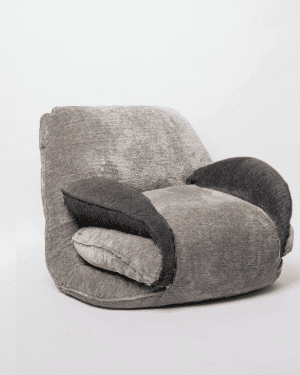 Ida – Comfy Armrest€176 incl. tax
Ida – Comfy Armrest€176 incl. tax -

 Sq200 Wall Lamp – Matte Stainless Steel€550
Sq200 Wall Lamp – Matte Stainless Steel€550 -


 Clam – Copper Pendant€1.956 incl. tax
Clam – Copper Pendant€1.956 incl. tax -

 D300 Lampion – Matte Aluminium€390
D300 Lampion – Matte Aluminium€390 -

 Giada – Upholstered Round Game Table With Metallic Carved Base€17.250 incl. tax
Giada – Upholstered Round Game Table With Metallic Carved Base€17.250 incl. tax -

 Ventura Cabinet€6.750 incl. tax
Ventura Cabinet€6.750 incl. tax -

 Rani – Wood Sideboard€10.448 incl. tax
Rani – Wood Sideboard€10.448 incl. tax -

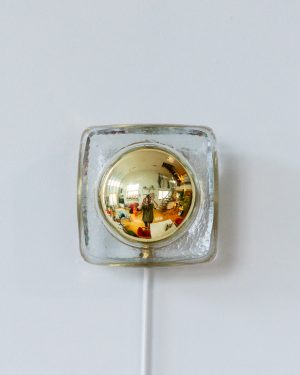 Starburst Sconce€2.044 incl. tax
Starburst Sconce€2.044 incl. tax -

 Aurum – Gold Leaf Cabinet (small)€12.550 incl. tax
Aurum – Gold Leaf Cabinet (small)€12.550 incl. tax -

 N2 – Cherry Wood & Gold Leaf Cloud Chandelier€10.300
N2 – Cherry Wood & Gold Leaf Cloud Chandelier€10.300






